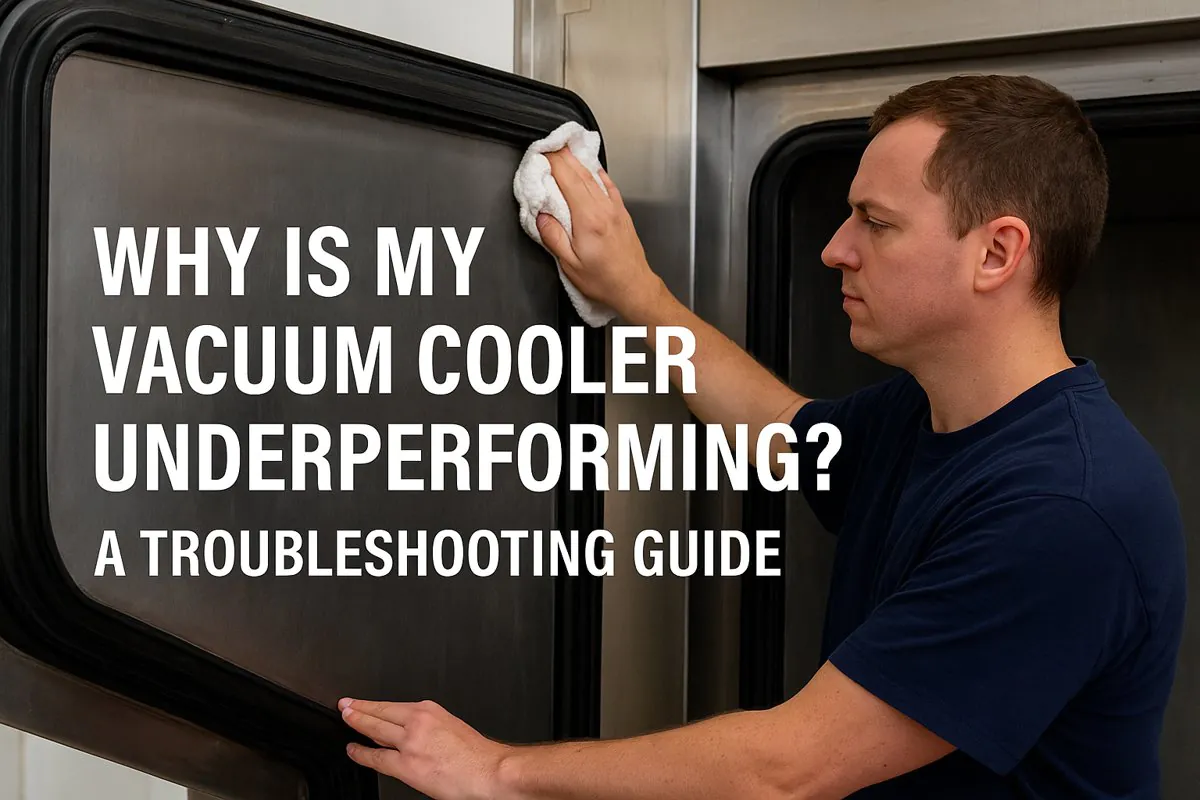
Why Is My Vacuum Cooler Underperforming? A Troubleshooting Guide
Your vacuum cooler is the powerhouse of your operation, but suddenly it’s not working right. Cycles are slow, the cooling is uneven, or alarms keep stopping work. It’s a frustrating situation that costs you time and money.
Most performance issues are not due to a major machine failure. They are often caused by simple operational problems like improper loading, incorrect program settings, or basic maintenance oversights that can be fixed in minutes.
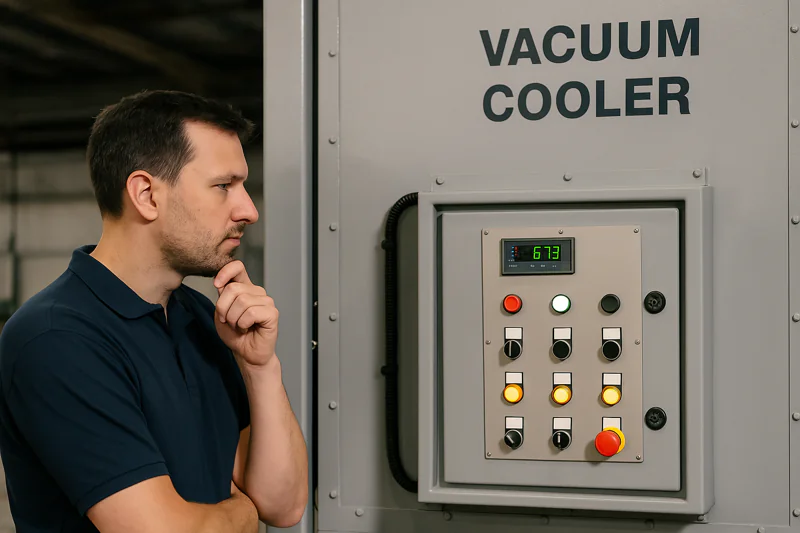
When that machine is down, your entire post-harvest process grinds to a halt. But before you call for service, let’s walk through the most common problems I’ve helped my clients solve over the years. Mastering these basics will empower you to keep your operation running smoothly and efficiently.
Why Isn’t My Produce Cooling Evenly?
You open the cooler door expecting perfectly chilled produce, but you find a disaster. The boxes on the outside are great, but the pallets’ core is still warm. Now you risk a rejected shipment or have to run the cycle all over again.
Uneven cooling is almost always an airflow problem, not a power problem. It’s caused by improper stacking that blocks the vacuum’s path. Creating air channels is the key to letting the machine do its job effectively.
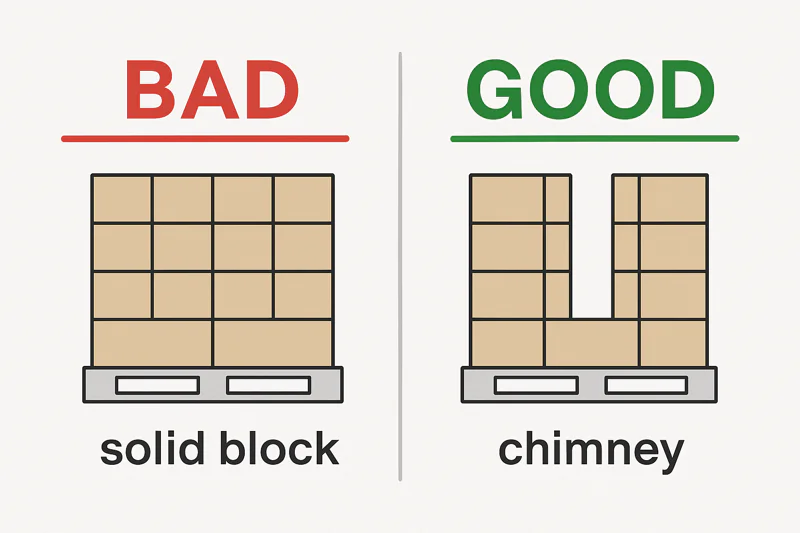
I’ve seen this firsthand many times. A client with a large farm, much like Carlos’s, was cooling dense broccoli. They stacked their boxes like solid bricks to maximize the load, but the result was a hot core and a failed batch. The reason is simple physics: vacuum cooling works by turning water into vapor, and that vapor must have a clear path to escape from every single vegetable. When you stack boxes tightly together, you create a wall. The vacuum can’t get in, and the vapor can’t get out. The solution is to think of airflow first. By stacking in a "chimney" pattern or leaving a couple of inches between each column of boxes, you create vertical tunnels. These tunnels allow the vacuum to pull heat and moisture out from the center of the pallet just as easily as the outside. It’s also critical to use vented boxes designed for pre-cooling. Using solid, non-vented boxes will completely defeat the purpose of the cooler, no matter how powerful it is.
Troubleshooting Uneven Cooling
| Problem | Common Cause | Solution |
|---|---|---|
| Hot Core on Pallet1 | Stacking is too dense; no central airflow. | Use a "chimney stack" or leave gaps between columns. |
| Random Warm Boxes2 | Mixed box sizes are blocking air paths. | Standardize box sizes per pallet for consistent spacing. |
| Top Layer Cools, Bottom Doesn’t | Pallet design blocks floor-level airflow. | Ensure pallets have openings for air to flow underneath. |
| Entire Batch Cools Slowly | Using non-vented or solid wax boxes. | Switch to boxes with ventilation holes on the sides. |
Why Is There Ice on My Lettuce?
You invested in a vacuum cooler to get that perfect, crisp lettuce that commands a premium price. Instead, you open the door to find patches of frost and ice burn on the delicate leaves, ruining your product and your profits.
Ice forms when the pressure inside the chamber drops too low for that specific vegetable. This causes the water’s boiling point to fall below 0°C (32°F). This is a programming error, not a machine fault, and it’s 100% preventable.
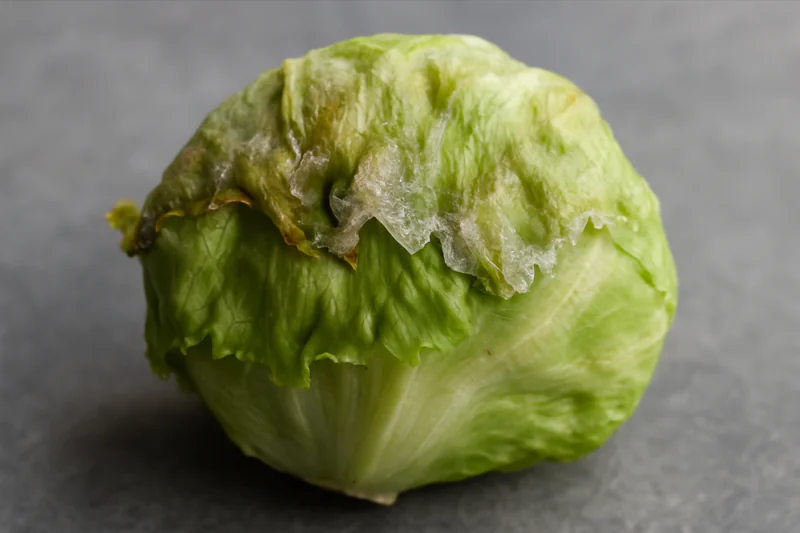
This is a lesson in the fascinating science of vacuum cooling. Pressure and temperature are linked. At sea level, water boils at 100°C. Inside our vacuum cooler, we lower the pressure so water boils at a much lower temperature, like 1°C, pulling heat away rapidly. However, if we lower the pressure too much, the boiling point can drop to -1°C. When this happens, the water on the surface of your lettuce doesn’t just evaporate—it freezes first, causing permanent cell damage, what we call ice burn. This is especially risky for delicate, high-moisture products like leafy greens, herbs, and mushrooms. For a procurement manager like Sophia, ice burn is an instant rejection; it signals poor process control. The solution lies in the "final pressure setting" on your control panel. Each vegetable has an ideal final pressure. For lettuce, that might be 6.1 millibars (mbar), which equals a final temperature of 1°C. But dense broccoli needs to be taken down to around 5.0 mbar. If you use the broccoli program for your lettuce, you will get ice. We provide all our clients with a chart of recommended settings, and I always advise them to create pre-saved programs for each product to prevent costly user errors.
Target Pressure and Temperature Guide
| Product Type | Ideal Final Pressure3 (mbar) | Final Temperature (°C) | Risk of Setting Pressure Too Low4 |
|---|---|---|---|
| Lettuce, Spinach, Herbs | ~6.1 mbar | 1°C | High (Guaranteed Ice Burn) |
| Mushrooms | ~7.0 mbar | 2°C | High (Very Fragile) |
| Broccoli, Cauliflower | ~5.0 mbar | -0.5°C | Medium |
| Sweet Corn | ~8.0 mbar | 4°C | Low (but slower cooling) |
Why Does My Vacuum Pump Keep Shutting Down?
The cooling cycle begins, the pump whirs to life, and then, halfway through, everything stops. An alarm sounds, and your packing line comes to a standstill. This is stressful, but the cause is often surprisingly simple and external to the pump itself.
The most common cause for a pump shutting down mid-cycle is overheating, which is usually triggered by an issue with its water cooling system. Insufficient water flow is the number one culprit.
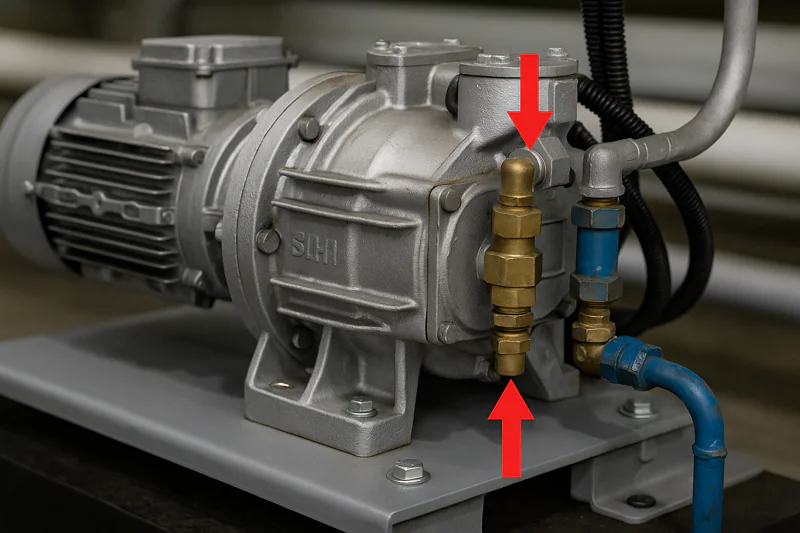
Think of the vacuum pump as the engine of your car. It works incredibly hard and generates a lot of heat. Just like your car’s engine, it needs a radiator to stay cool, and for most large vacuum pumps, that "radiator" is a constant flow of cool water. If that water supply is cut off or reduced, the pump’s internal temperature will quickly rise, and a safety sensor will shut it down to prevent catastrophic damage. Before you do anything else, check the water. Is the main valve fully open? Is the water filter clogged with sediment or minerals? I had a client whose pump kept tripping; it turned out that construction elsewhere on their property had temporarily lowered their overall water pressure just enough to starve the pump. Another key factor is ambient heat. The pump needs to breathe. If it’s tucked into a hot, unventilated corner of your facility, it can’t disperse heat effectively. Make sure there is plenty of space around the pump unit for air to circulate.
Pump Troubleshooting Checklist
| Alarm / Symptom | First Check (Easy Fixes) | Second Check (More Involved) |
|---|---|---|
| Pump Overheat Alarm5 | Check that water valve is fully open. | Clean the water line filter. |
| Pump Shuts Down Mid-Cycle | Ensure good ventilation around the pump. | Check water pressure from your main line. |
| Loud or Unusual Noise6 | Check oil level (on oil-sealed pumps). | Inspect the motor fan for obstructions. |
Why Is My Cycle Taking Longer and Longer?
You were promised a quick 25-minute cycle, and for the first few months, it was perfect. But now, cycles are creeping up to 35 or 40 minutes, destroying your daily schedule and throughput calculations.
An unexpectedly long cycle is almost always caused by an air leak, and the biggest suspect is the main door seal. A tiny piece of debris can prevent a perfect seal, forcing the pump to work overtime.

The vacuum chamber must be perfectly airtight to work efficiently. If air is leaking in, the vacuum pump has to run continuously to fight against it, desperately trying to reach the target final pressure. It’s like trying to fill a bucket that has a hole in it. The number one place for a leak is the large rubber seal on the main door. All it takes is a stray leaf, a bit of dirt, or a piece of pallet wood to create a small gap. This is why cleaning the door seal with a damp cloth should be part of your daily closing procedure. It takes 30 seconds but can save you 10 minutes on every cycle the next day. Another major factor is "field heat." If you normally cool lettuce that arrives from the field at 25°C, but it was a heatwave and today it’s 35°C, the machine has to remove significantly more thermal energy. The cycle will naturally take longer. This isn’t a machine fault; it’s physics. The operational solution is to get your produce out of the sun and into the cooler as fast as possible. If you’ve cleaned the seal and accounted for field heat, and the problem persists, it’s time to check for smaller leaks in pipe fittings or valves.
Diagnosing Long Cycle Times
| Symptom | Potential Cause | Easy Solution | When to Call for Service |
|---|---|---|---|
| Cycle time slowly increasing7 | Dirty door seal creates a small leak. | Clean the door seal daily with a damp cloth. | If the problem persists after thorough cleaning. |
| Cycle time varies by day | High "Field Heat" on hot days. | Minimize time between harvest and cooling. | N/A – This is an operational, not mechanical issue. |
| Sudden, large increase in time8 | A new, larger leak has developed. | Check all external pipe fittings and valves. | If you can’t locate the source of the leak. |
Conclusion
Most vacuum cooler problems are not serious failures. They are operational issues that you can solve yourself by focusing on proper stacking, correct programming, and simple daily cleaning. Mastering these fundamentals ensures reliability and maximum profit.
-
Explore this link to understand the causes and solutions for hot cores on pallets, ensuring efficient cooling. ↩
-
This resource will provide insights on standardizing box sizes to improve airflow and cooling efficiency. ↩
-
Understanding Ideal Final Pressure is crucial for effective food preservation, ensuring quality and safety. ↩
-
Exploring the risks of low pressure settings can help prevent spoilage and maintain food quality. ↩
-
Understanding the causes of a pump overheat alarm can help you prevent future issues and ensure efficient operation. ↩
-
Exploring solutions for loud or unusual noises in pumps can save you time and money by addressing problems early. ↩
-
Understanding the causes can help you prevent future issues and maintain efficiency. ↩
-
This resource can provide insights on troubleshooting and resolving significant delays effectively. ↩

Mila
You May Also Like
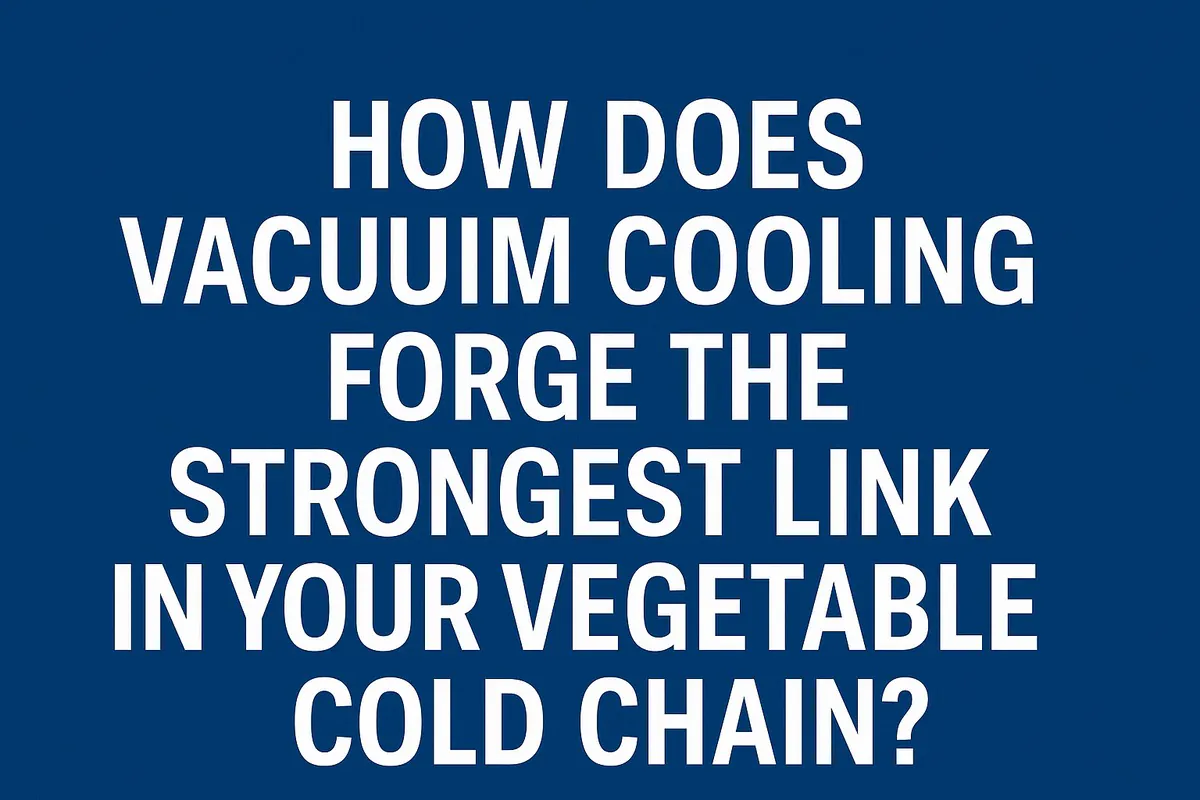
How Does Vacuum Cooling Forge the Strongest Link in Your Vegetable Cold Chain?
You work tirelessly to grow perfect, healthy vegetables. Yet, you know that from the moment of harvest, an invisible clock
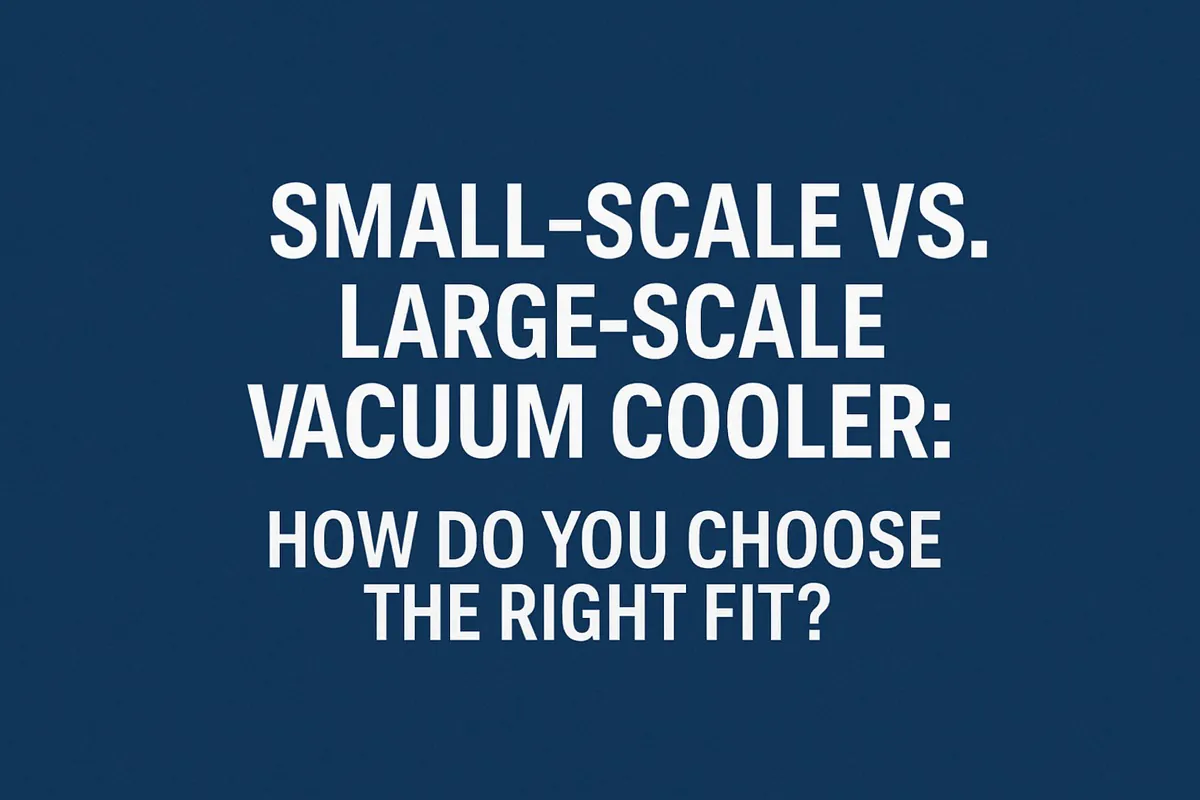
Small-Scale vs. Large-Scale Vacuum Cooler: How Do You Choose the Right Fit?
You’re convinced that vacuum cooling is the key to elevating your product quality, but now you face a critical decision.
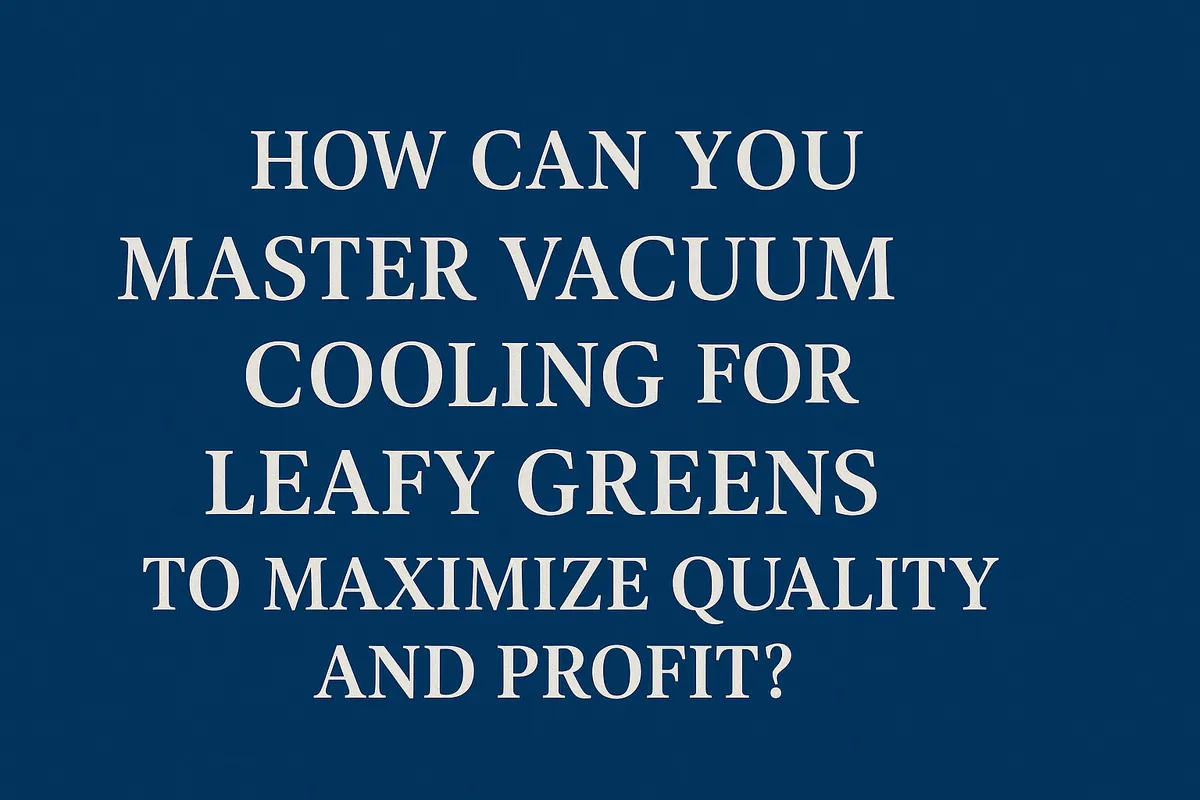
How Can You Master Vacuum Cooling for Leafy Greens to Maximize Quality and Profit?
You grow beautiful, vibrant leafy greens, but you know the invisible enemy is time. From the moment of harvest, the
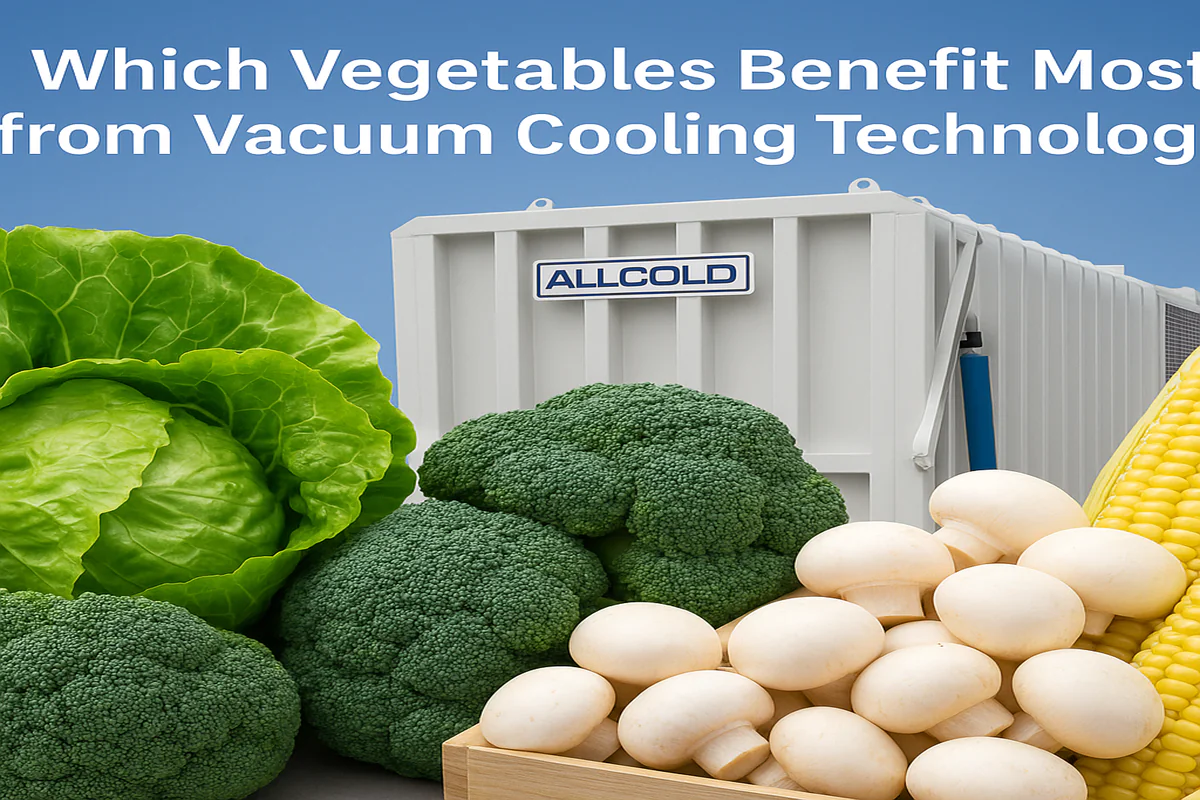
Which Vegetables Benefit Most from Vacuum Cooling Technology?
You see the promise of rapid cooling, extended shelf life, and superior quality, but you’re unsure if this technology is
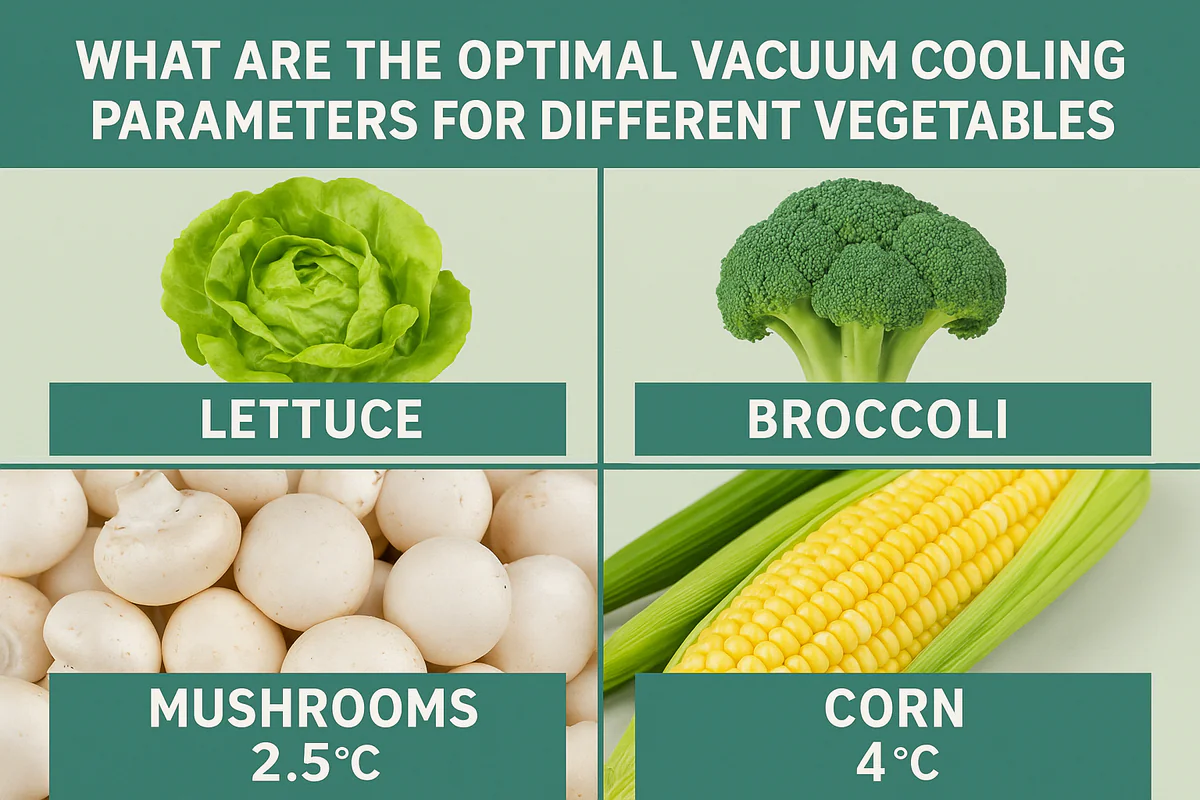
What Are the Optimal Vacuum Cooling Parameters for Different Vegetables?
You’ve harvested beautiful produce, from crisp lettuce to delicate mushrooms. But using a "one-size-fits-all" setting on your vacuum cooler feels
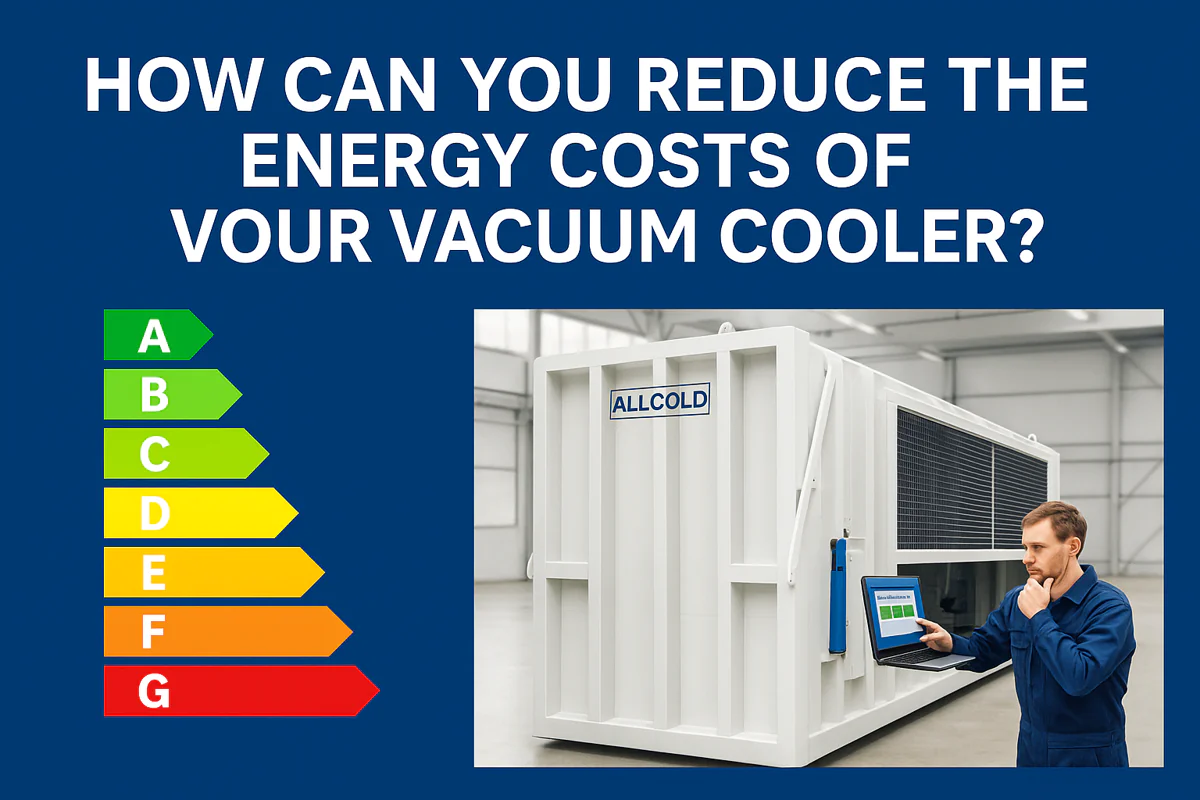
How Can You Reduce the Energy Costs of Your Vacuum Cooler?
Your vacuum cooler is a powerhouse of productivity, but your monthly electricity bill is climbing. You’re starting to wonder if
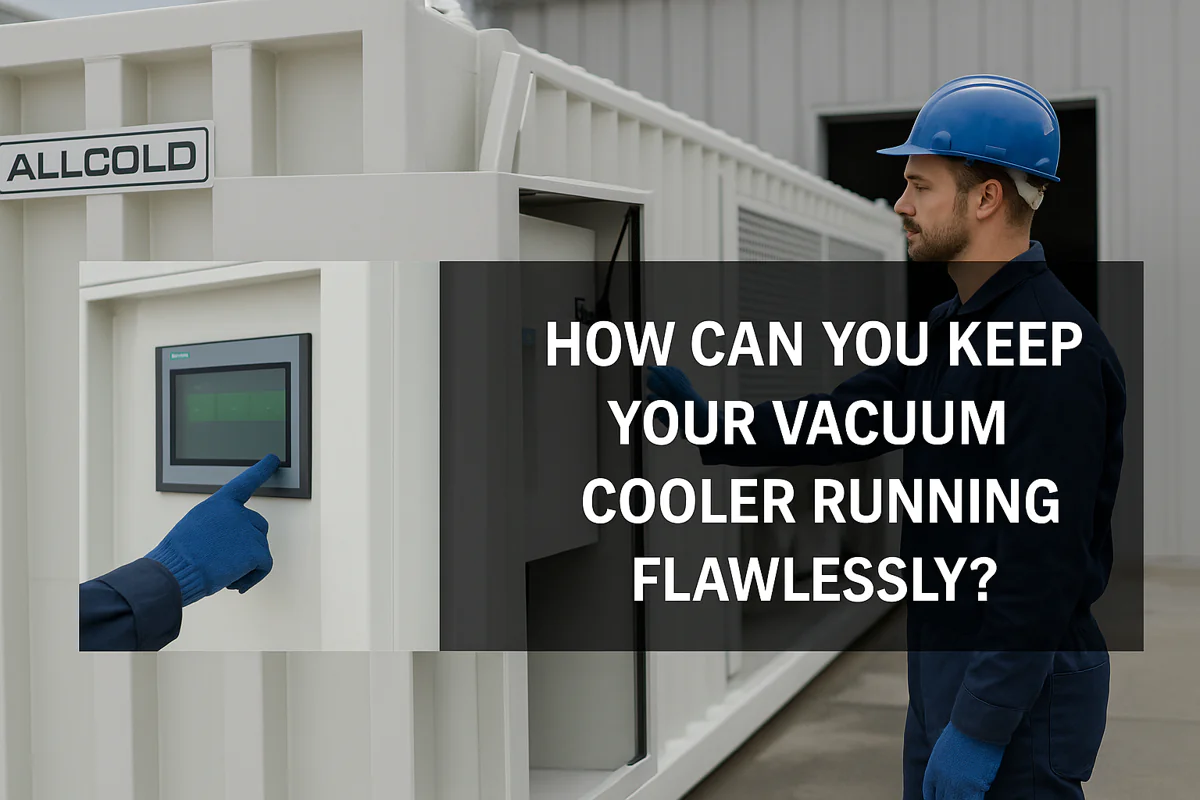
How Can You Keep Your Vacuum Cooler Running Flawlessly?
Your vacuum cooler is a vital asset, but you’re worried about unexpected breakdowns during peak season. Neglecting maintenance feels like
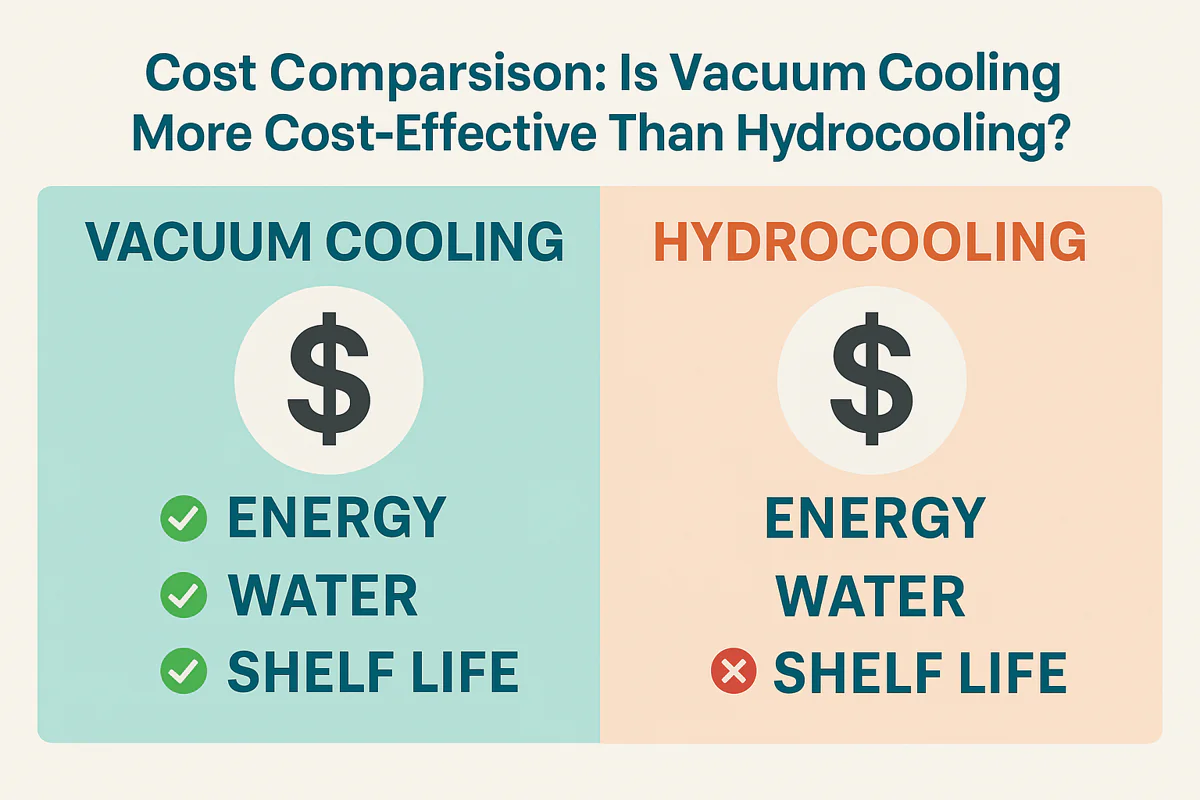
Cost Comparison: Is Vacuum Cooling More Cost-Effective Than Hydrocooling?
Choosing between cooling technologies feels like a high-stakes gamble. You need to lower your operational costs, but the wrong decision
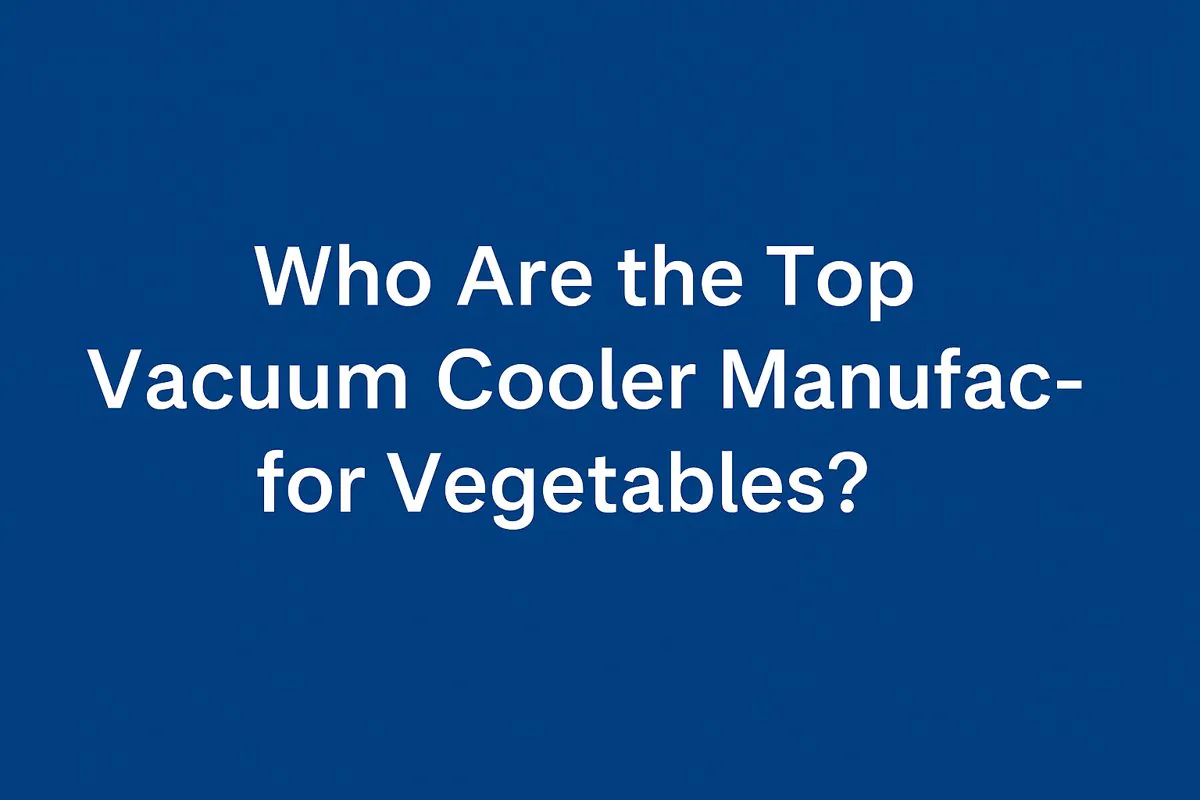
Who Are the Top Vacuum Cooler Manufacturers for Vegetables?
Searching for a list of top vacuum cooler brands can be overwhelming. You’re not just buying a machine; you’re investing
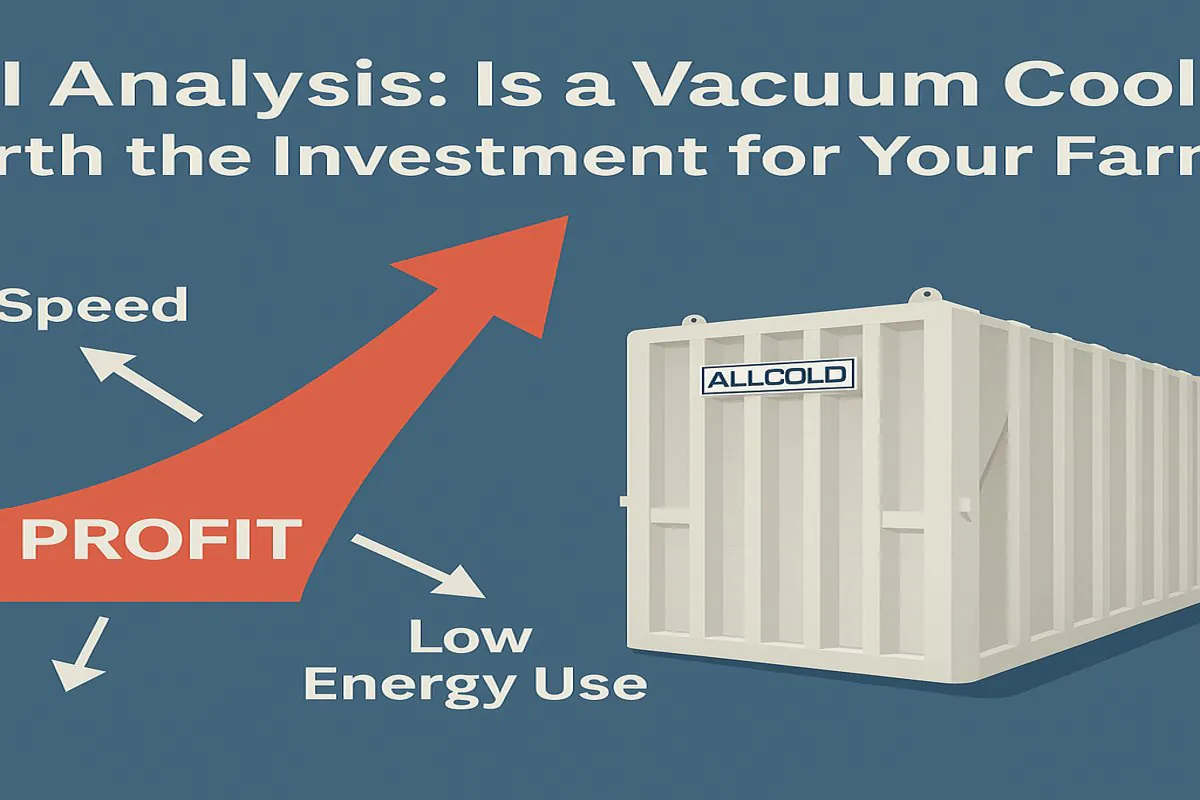
ROI Analysis: Is a Vacuum Cooler Worth the Investment for Your Farm?
You see the high upfront cost of a vacuum cooler and hesitate. But slow cooling methods and post-harvest losses are
